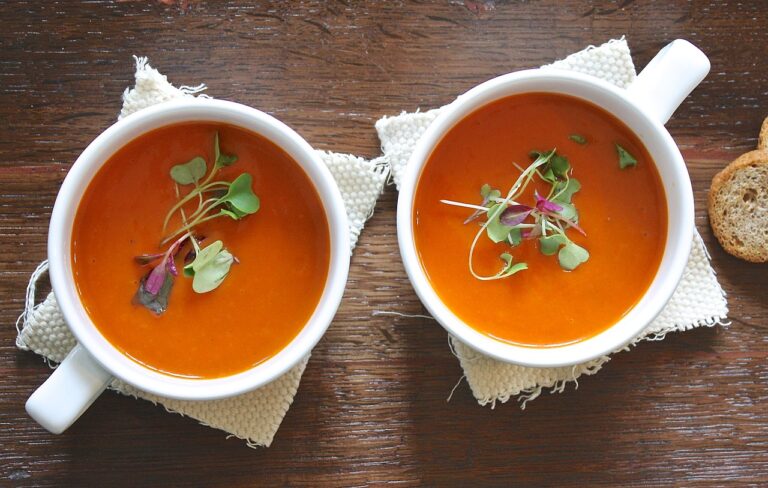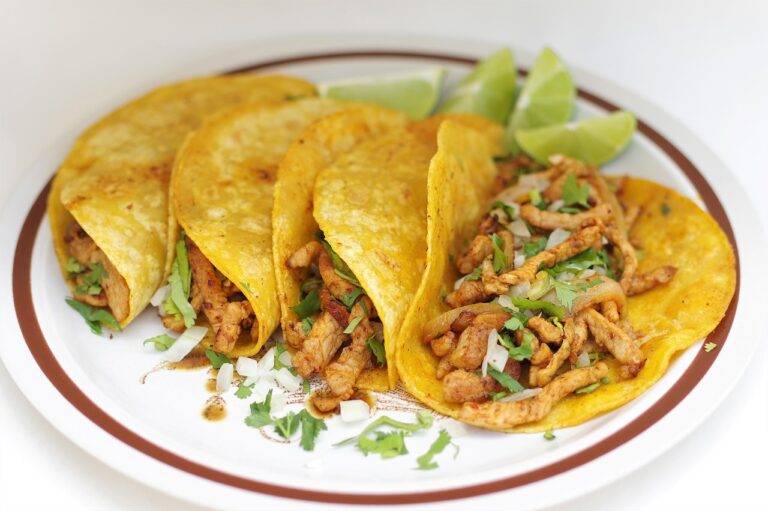The Role of Food in Community Building: Fostering Connection Through Shared Meals
Eating together has been an integral part of human interaction since the dawn of time. Sharing a meal has the innate ability to foster connections and strengthen bonds between individuals. This social act transcends cultural barriers and allows people to engage in meaningful conversations while nourishing their bodies.
Food acts as a universal language that speaks to our shared human experience. Whether it’s a simple meal shared with family or a festive feast enjoyed with friends, sitting down to eat together provides a platform for building relationships and creating memories that last a lifetime. The act of breaking bread together not only satisfies our physical hunger but also nourishes our souls, bringing a sense of belonging and unity among those gathered around the table.
The Historical Significance of Food in Cultivating Relationships
Food has played a vital role throughout history in fostering and strengthening relationships between individuals and communities. Sharing a meal has been a universal way of connecting with others, transcending cultural and societal differences. In ancient civilizations, breaking bread together was a symbol of trust and camaraderie, leading to the establishment of alliances and friendships that stood the test of time.
The act of coming together to eat not only provided nourishment but also served as a platform for communication and bonding. Whether in times of celebration or mourning, food has been a common thread that has woven people together, creating a sense of unity and solidarity. The shared experience of preparing and enjoying a meal has the power to forge deep connections and foster a sense of belonging among individuals, contributing to the fabric of society.
The Cultural Impact of Shared Meals on Community Development
Shared meals have always played a pivotal role in fostering a sense of unity and connectivity within communities around the world. The act of coming together to eat not only satisfies the physical need for nourishment but also nurtures emotional bonds and strengthens social ties among individuals. Through the sharing of food, people are able to engage in meaningful conversations, celebrate traditions, and create lasting memories that help solidify a sense of belonging and shared identity.
In many cultures, the practice of sharing meals is deeply rooted in traditions and customs that date back centuries. These communal dining experiences often serve as a platform for storytelling, cultural exchanges, and the passing down of recipes from one generation to the next. By partaking in these shared meals, community members are able to preserve their heritage, promote cultural understanding, and pave the way for intergenerational relationships to flourish.
How does sharing meals help bring people together?
Sharing meals creates a sense of togetherness and fosters bonding among individuals. It allows people to connect on a personal level and build relationships.
What role has food played in cultivating relationships throughout history?
Food has always been a central element in human relationships, serving as a symbol of hospitality, friendship, and community. From ancient civilizations to modern societies, sharing meals has been a way to strengthen social ties.
How does the cultural impact of shared meals contribute to community development?
Shared meals play a significant role in community development by promoting cultural exchange, fostering understanding between different groups, and creating a sense of belonging and unity within a community. It helps in breaking down barriers and building stronger connections among individuals.







